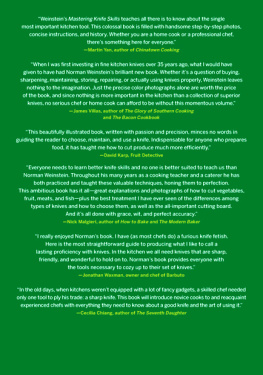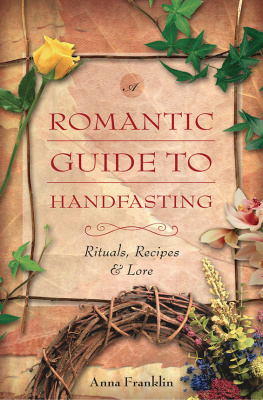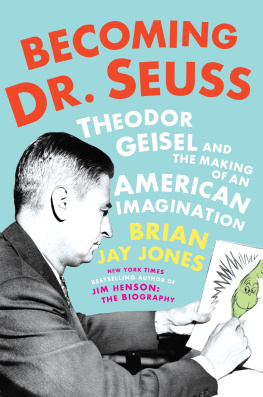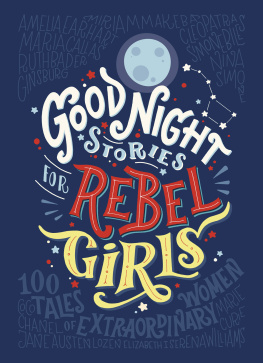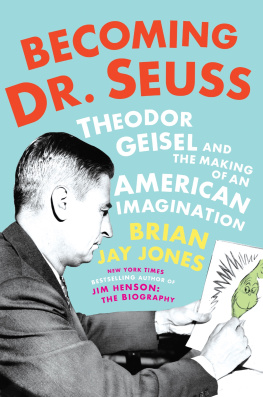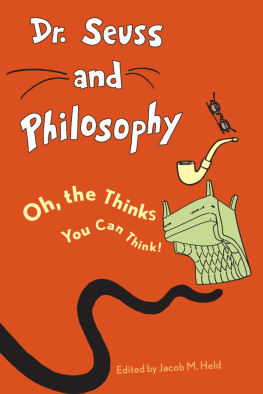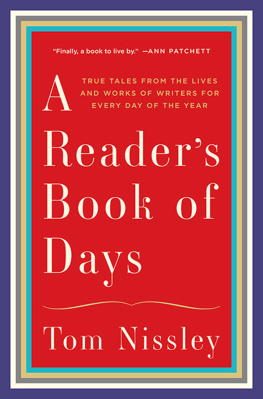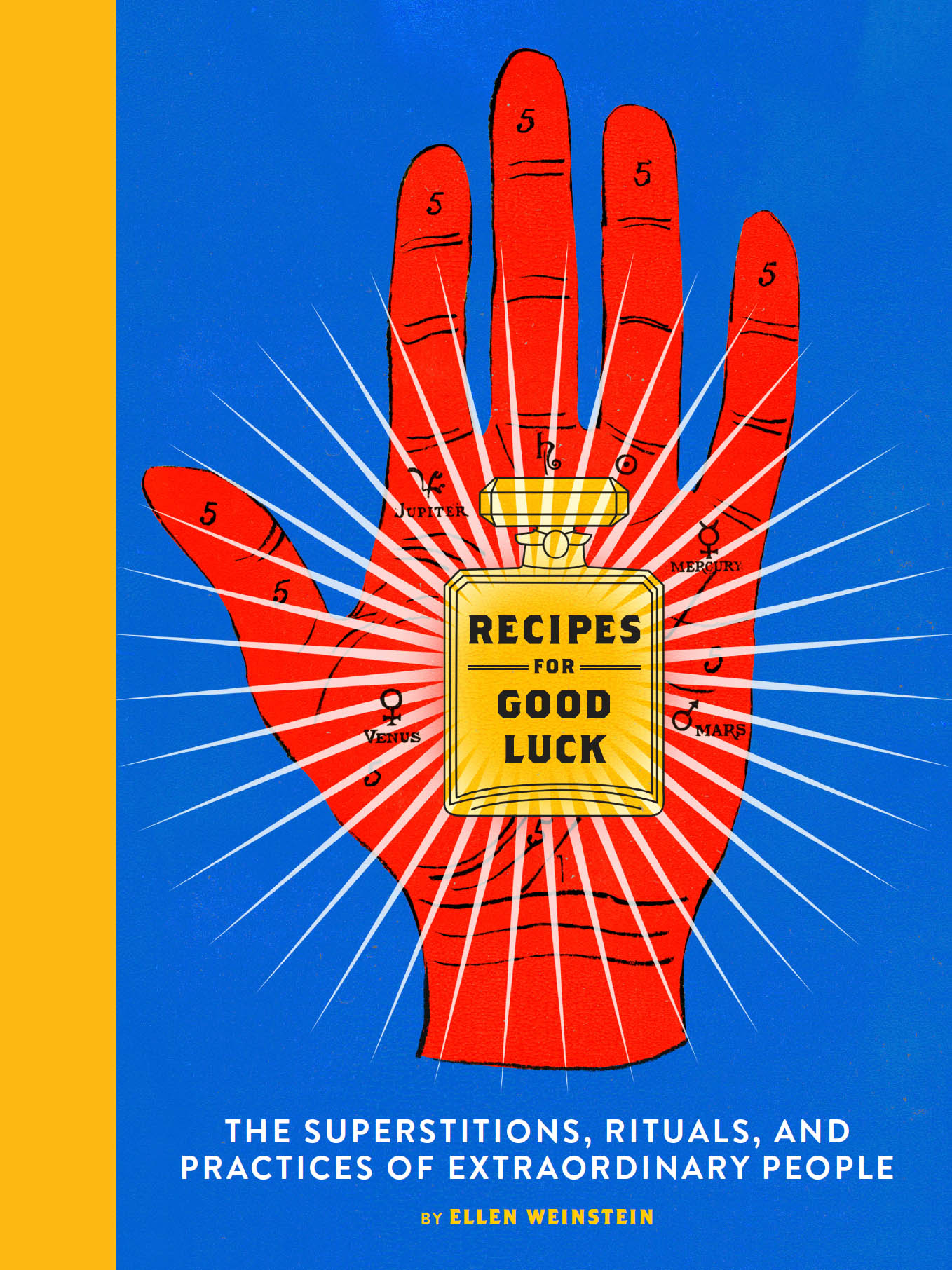

Copyright 2018 by Ellen Weinstein.
All rights reserved. No part of this book may be reproduced in any form without written permission from the publisher.
ISBN: 978-1-4521-6221-8 (epub, mobi)
Library of Congress Cataloging-in-Publication Data available.
ISBN: 978-1-4521-6218-8 (hc)
Design by Kristen Hewitt
Chronicle Books LLC
680 Second Street
San Francisco, CA 94107
www.chroniclebooks.com
CONTENTS


INTRODUCTION
IN THE PARTICULAR IS CONTAINED THE UNIVERSAL. JAMES JOYCE
A few years ago, while illustrating an article about superstitions, some of the behavior described in the piece sounded eerily familiar. In that moment of recognition, I became aware of my own quirky behavior and started to notice some similar patterns among my friends and colleagues. Prior to a canoe-paddling race, one of my teammates knelt down on the beach, grabbed a fistful of sand, and released it while adjusting her visor. I thought nothing of this until the same ritual was performed at the next race and the ones that followed. At another friends book release party, he shared a specific routine he followed on the day his books are published.
Although not a big baseball fan, I love to watch batters step up to the plate and go through their own good luck rituals before taking a swing: specific ways of adjusting a helmet, moving their feet, or touching a necklace. When I heard an interview with the musician Thom Yorke in which he shared his preperformance ritual, I wondered how many other accomplished and acclaimed leaders in their fields also had similar superstitions, rituals, or practices that were integral to their process and work. My curiosity led me behind the doors of dressing rooms, inside artists and writers studios, through locker rooms and laboratories, and even, on occasion, inside bedrooms.
And what I discovered is that these behaviors were a common thread across all professions, borders, and eras. In interviews with writers, the question do you have any writing superstitions? appears often, as it does with athletes. And while I became used to hearing about the superstitious beliefs of creatives and performers, the discovery that even Nobel Prizewinning scientists could harbor superstitions was a revelation. Some people, I found, have specific rituals to get into a frame of mind for competition. A good number of the athletes and creatives in this collection credit their adherence to their ritual as a key ingredient to their success. For others, their routine offers a way to focus. Sometimes, it stems from a desire to control the uncontrollable and ward off bad luck by making good luck. Others have work and routines that are so intertwined that one cannot begin to separate one from the other. Within these pages are a chef who uses music as a key ingredient in the kitchen, a renowned author who begins writing her novels on the same exact date, and a famed general who had a fear of black cats. With every new discovery made in my research, iconic figures started to feel more relatable. They have their own quirks and idiosyncrasies, and look at what they have accomplished! I started to see my superstitions and routines less as something odd and more as part of my own process and path.
The Nobel Prizewinning physicist Niels Bohr, another subject contained here, was asked why he kept a horseshoe above his laboratory door. Did he believe it was good luck? He replied that he didnt believe in it, but he had been told that it worked whether one believed in it or not. Who among us couldnt use a little luck?
I share these superstitions, rituals, and practices of athletes, writers, artists, architects, scientists, musicians, political figures, and actors with the goal of celebrating that which makes us unique. I hope you will enjoy this peek behind the curtain at the process of these iconic figures at work and perhaps recognize some of yourself in their behaviors and superstitions. I hope their stories encourage you to embrace the beliefs, rituals, and routines that help you face the world with ambition and confidence and inspire you to go on making good luck of your own.
AGATHA CHRISTIE
BATH TIME APPLES
Famed mystery author Agatha Christie (18901976), who wrote such classics as Murder on the Orient Express, munched on apples in the bathtub while envisioning murder mysteries. Her bath time routine appears to have brought her success: she penned more than sixty detective novels over her career as well as the long-running play The Mousetrap, and her novels have sold an estimated two billion copies.

AKIRA KUROSAWA
KEPT A NOTEBOOK AT HIS SIDE
Acclaimed film director Akira Kurosawa (19101998) achieved international fame for such classics as Rashomon, Seven Samurai, and Ran. To produce his unique style of visual storytelling, he relied on words as much as images. Writing was an integral part of his practice throughout his career, and he kept a notebook as his constant companion. In his notebooks, he would record his observations and reactions to books he was reading and said that reading his notebooks would provide him with a breakthrough when he was stuck writing a script.

ALFRED HITCHCOCK
CAMEO APPEARANCE
Alfred Hitchcock (18991980), famed film director of such classics as Psycho and The Birds, had a custom of making a cameo appearance in his films. What began due to a shortage of extras developed into a superstition that a film would flop at the box office if he did not make an appearance. Hitchcocks hugely influential and critically acclaimed career spanned six decades, during which he directed more than fifty feature films that earned him the nickname Master of Suspense.

ALLYSON FELIX
LUCKY CHARM NECKLACE
Track and field superstar Allyson Felix is a world champion sprinter with nine Olympic medals under her belt. While racing, she wears a lucky cross necklace given to her by her mom, who she says is an amazing supporter. Felix recalls that her mother gave her the necklace in 2004, for her first Olympics, and she has worn it during every competition since then.

ANNA WINTOUR
TENNIS EVERY MORNING
Editor in chief of Vogue magazine Anna Wintour begins every day with a very early morning match of rigorous tennis for one hour. Wintour is not only a focused player but also an avid fan of the game, and she can often be spotted courtside at the U.S. Open and Wimbledon. Her discipline and focus have served her well: she has been editor in chief of
Next page

